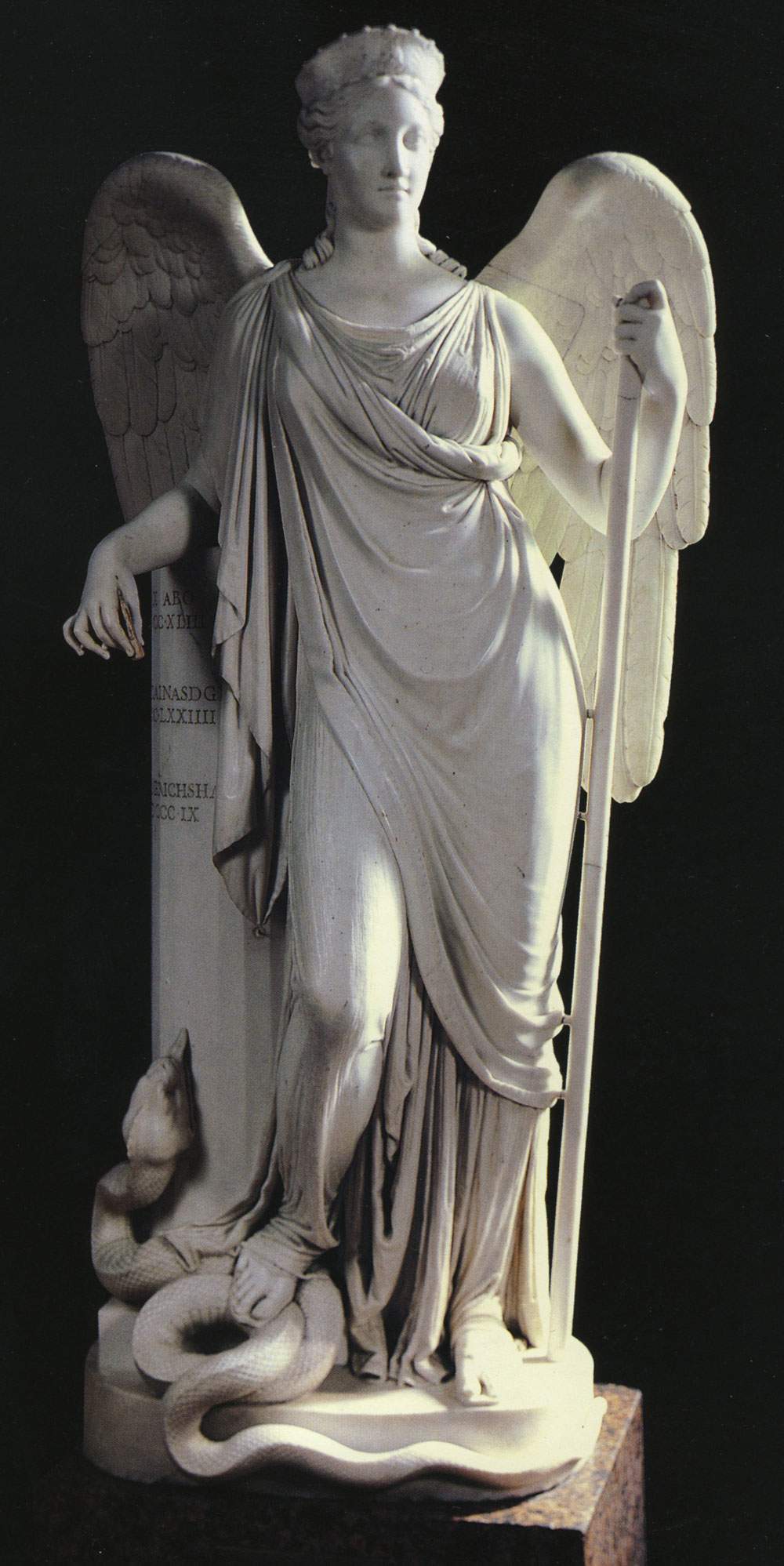Starting April 25, 2019, the extraordinary marble statue depicting Peace, almost two meters high, from the Bogdan and Varvara Khanenko Museum in Kiev, is on display at the Canova and Antiquity exhibition at the MANN in Naples.
It is a work created by Antonio Canova between 1811 and 1815, and it is the second time ever, after the exhibition dedicated to Canova held in 2003 in Bassano del Grappa, that the sculpture has left Ukraine. In the Kiev museum it arrived from Russia in 1953. Its history remained shrouded in mystery until about fifteen years ago, when Irina Artemieva, Conservator of Venetian Art at the State Hermitage Museum, discovered a letter from the Possagno artist to theRussian ambassador in Vienna, who brokered the commission: the correspondence was kept in the manuscript section of the National Library of Russia in St. Petersburg.
From the letter it was possible to reconstruct the genesis and events of the work, as well as the commissioning, which was linked to Prince Nicolaj Rumianzev, who intended to exalt his family’s role in Russian diplomatic affairs: a life-sizeallegory of Peace with three inscriptions in French, intended to commemorate treaties signed by eminent members of the Rumianzevs.
The statue was commissioned while preparations for the Russian Campaign, unleashed by Napoleon in 1812, were fermenting: the invasion by Napoleon’s army thus cast doubt on the very desirability of making a work commemorating peace.
Added to this was the question of the language of the commemorative inscriptions, which was resolved on the eve of the Congress of Vienna: the Peace, which had become a symbol of unity and concord among European nations, would speak in Latin (at the time of the commission the inscriptions had been requested in French, while, after the war events, in Russian).
The sculpture was greeted in 1816 in St. Petersburg by a delirious crowd and was placed on a higher plane than the marbles formerly belonging to Joséphine de Beauharnais, Napoleon’s wife, transferred to the Hermitage by Tsar Alexander I, namely The Three Graces, Cupid and Psyche Stands, and the Dancer with her hands at her sides, also on display in Naples.
Source: press release
 |
| The exhibition Canova and the ancient also features Peace from the Kiev Museum |
Warning: the translation into English of the original Italian article was created using automatic tools. We undertake to review all articles, but we do not guarantee the total absence of inaccuracies in the translation due to the program. You can find the original by clicking on the ITA button. If you find any mistake,please contact us.